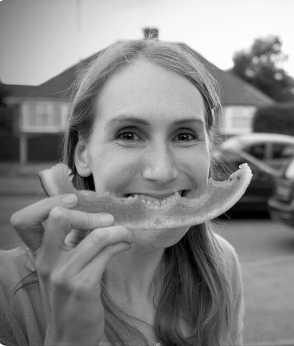Testing for Carbonate Ions
- Carbonates all contain the carbonate ion, CO32-
- The test for this ion involves adding dilute acid and testing the gas released
- If a carbonate compound is present then effervescence should be seen and the gas produced is CO2 which forms a white precipitate of calcium carbonate when bubbled through limewater:
CO32- (aq) + 2H+ (aq) → CO2 (g) + H2O (l)
CO2 (g) + Ca(OH)2 (aq) → CaCO3 (s) + H2O (l)

Limewater turns milky in the presence of CO2 caused by formation of insoluble calcium carbonate
Exam Tip
Make sure you talk about bubbling the suspected carbon dioxide gas through the limewater.
If describing the practical you’ll need to connect the test tube of the suspected ion to the test tube of limewater quickly so none of the CO2 escapes.



